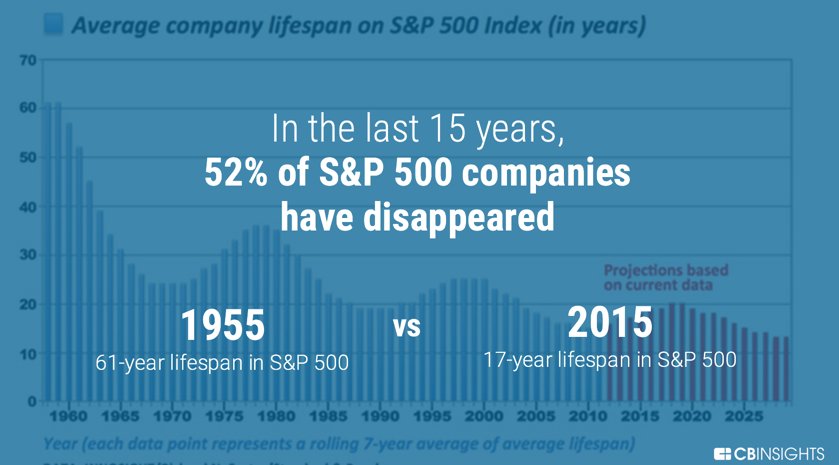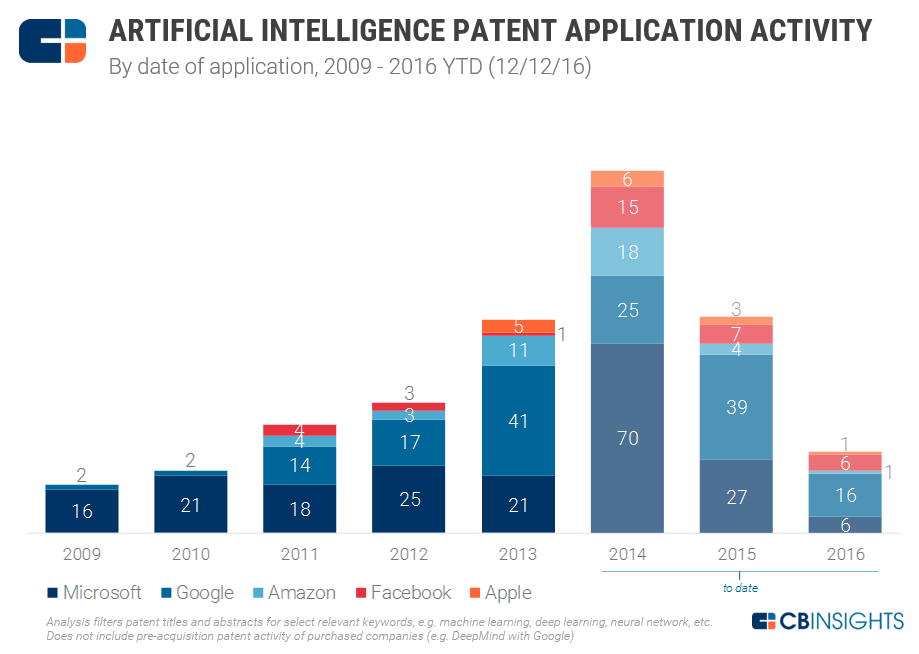Topics: Οργανωσιακή Θεωρία και Συμπεριφορά (Organizational Behavior), Επιχειρηματικότητα (Entrepreneurship), Εταιρική Κοινωνική Ευθύνη (Corporate Social Responsibility), Strategic Management, Leadership , Organizational Culture and Change
Τρίτη 31 Ιανουαρίου 2017
Παρασκευή 27 Ιανουαρίου 2017
Τρίτη 24 Ιανουαρίου 2017
What Does A CEO Actually Do?
What Does A CEO Actually Do?
- Published on
- Featured in: Leadership & Management
I am often asked this question: “What does a CEO actually do every day?” Having been a CEO for 21 years, I should be able to answer this question.
First, the big picture. The CEO is responsible for the overall performance of every aspect of the company and the total result thereof. On top of these operational responsibilities, they have to service all of the company’s stakeholders—investors, board members, employees, customers, and local community. The CEO is also the keeper of the company’s culture and the face of the company in all of the public venues / events.
Although the CEO dabbles in everything, s/he is actually not actually responsible for the vast majority of day-to-day tasks that contribute to the total outcome.
So, what does the CEO actually do every day? How does s/he cover all of these widely disparate responsibilities? Most important, how do they set priorities for their time allocation?
When a company is a very small startup, the CEO often focuses on the menial tasks that permit others to be productive. I joke that in a technology startup company the CEO has two very important jobs: raise money and buy pizza.
As the company meets success and grows, the demands on a CEO’s time exceeds the available supply. I had to learn how to prioritize all the things that had to get done, and juggle the daily demands. Then, I did whatever was most important. When I ran out of time, the other demands dropped off the bottom of the list. This is where the CEO has to let go. Either someone else does it just doesn’t get done. That is OK, as long as you accomplish the most important things.
As a CEO, I had a method for prioritizing - by consulting what I called my “time machine”.
On any given day, I looked at my calendar and saw what was coming up, where I had to be, and which of those tasks were most important. I also looked further out to the upcoming week and month to check which items might need advanced preparation so that I could budget for them appropriately. As new demands arose, I compared their importance with the things to which I had already committed and then made a judgment as to what was more important. And of course, there are always emergency events that occur that simply require immediate attention at the expense of all else.
Importantly, I didn’t just think about my near-term work. Each day, I considered how my actions connected to the company’s overall plans. The company had developed and committed to an annual operating plan that defined all of the projected accomplishments and results for the next twelve months. It included the company’s strategic goals, financial targets and operational objectives (new products, hiring, etc.) for each quarter.
Finally, I thought about the company’s five-year vision, strategy and plans. Who did we aspire to be in five years? And what were the things that we had to do along the way to get there?
So this was my “time machine”. Each and every day, I thought about today, this week, this month, this quarter, this year and five-years out into the future. By having a clear vision of the near and far future, and keeping it top of mind every day, it informed all of my decisions about current / local priorities.
This is how I figured out what was most important to do on any given day!
I am no longer a CEO, but I still consult my personal time machine. Why? I have come to believe that doing so is applicable across all aspects of life. Our local decisions in all things are better informed when we can envision the future. The further out in time that we can envision, the better the current decisions.
Should this vision of the future be immutable? Of course not. You are always free to change your future vision. And that new vision will then inform your current decision making.
When I was twenty-three years old I knew what I wanted to do with the rest of my professional life (see my blog: “The Mentor I Never Met”). I had a strategy that I pursued whenever I faced a decision about career opportunities and alternatives. It was a shining star in the future that I could always see. I am certain that this gave me a huge advantage over those folks who optimized their career decisions locally.
What works for me, though, may not work for everyone? How do you figure out how to spend your time? When will you create your own time machine?
Δευτέρα 23 Ιανουαρίου 2017
ARTIFICIAL INTELLIGENCE: ΠΟΙΟΣ ΕΝΔΙΑΦΕΡΕΤΑΙ ΠΕΡΙΣΣΟΤΕΡΟ? (CBINSIGHTS)
effort to showcase its AI research.
Looking for more data on AI patent activity? Sign up for the CB Insights tech market intelligence platform for free below.
Σάββατο 21 Ιανουαρίου 2017
Δευτέρα 16 Ιανουαρίου 2017
Δευτέρα 9 Ιανουαρίου 2017
Παρασκευή 6 Ιανουαρίου 2017
Πέμπτη 5 Ιανουαρίου 2017
Τετάρτη 4 Ιανουαρίου 2017
CBiNSIGHTS: 52% of the S&P 500 have disappeared in the last 15 years
2/ Corporations know it is critical. 52% of the S&P 500 have disappeared in the last 15 years. Innovation is obviously important.

Εγγραφή σε:
Αναρτήσεις (Atom)








